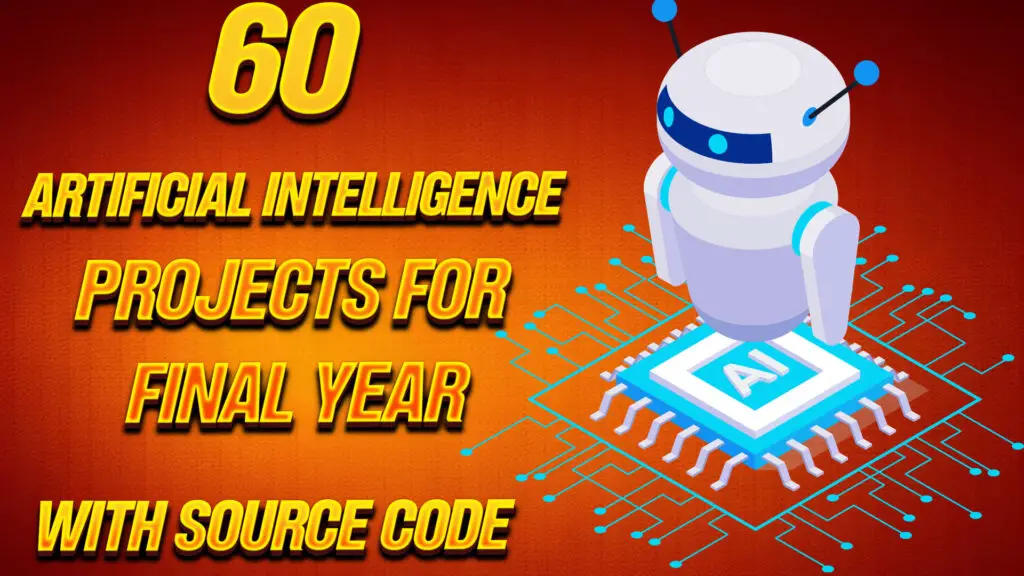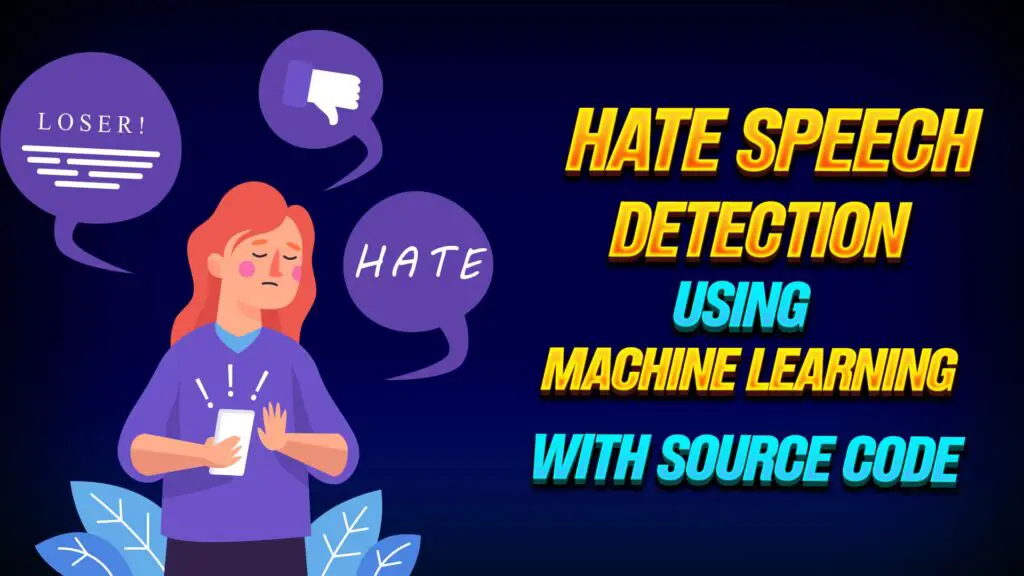Artificial Intelligence Projects For Final Year
Best 60 artificial intelligence projects for final year Selecting an AI project for the final year is an excellent opportunity to showcase your skills and boost your grades. Artificial intelligence has a profound impact on various industries, to such an extent that an artificial intelligence project has the potential to bring about significant changes. This article will give you 60 unique Artificial intelligence final year project ideas. To help you source code is also there with every project. 1. Bitcoin Price Prediction Using Machine Learning Introduction: Bitcoin is a decentralized digital money uncontrolled by any financial organization or government and uses data encryption for protection. Nowadays, demand for bitcoin also increases day by day because the price of bitcoin is currently high. So, building a Bitcoin price prediction is an AI-based system that predicts the future value of Bitcoin. It uses machine learning algorithms to predict the future value of Bitcoin. In this project, machine learning algorithms learn from historical data, market trends, and other external factors. However, maintaining accuracy in this project takes a lot of work. Problem Statement: The cryptocurrency market, particularly Bitcoin, is renowned for its sudden and unpredictable price fluctuations. Investors frequently want assistance in comprehending and projecting future market movements. The “Bitcoin Price Prediction Using Machine Learning” gadget solves this issue by employing cutting-edge AI methods to sift through vast amounts of historical data and spot trends that could influence future Bitcoin fees. Source Code 2. Fake News Detection In Social Media Introduction: Sometimes, we have too much information and don’t know what is true or false. Fake news is when people lie or make mistakes on the internet. Fake news can make people confused or angry. Fake news detection system aims to detect false information and report flagged content. It will help in validating the news on the internet. Problem Statement: Fake news is a big problem with social media as a primary news source. Misleading content can have serious consequences, influencing public opinions and potentially causing harm. The “Fake News Detection in Social Media” system uses AI algorithms to analyze content shared on social media platforms. The goal is to help users differentiate between reliable and unreliable information, creating a more informed online community. Source Code 3. Credit Fraud Detection Using Machine Learning Introduction: With the rise in the digital world, credit card fraud has become challenging. Frauds involving credit cards are simple and easy to target. Online payment options have expanded due to e-commerce and numerous other websites, raising the possibility of online fraud. Due to increased fraud, academics are currently analyzing and detecting online transaction fraud using various machine learning techniques. To stop this, you can develop a credit card fraud detection system as your final year project. This system uses machine learning techniques to examine credit card transactions for unusual patterns and behaviours that may indicate possible fraud. Problem Statement: The threat of credit card fraud is a significant concern for financial institutions and individuals. As technology progresses, so do the techniques fraudsters employ to exploit vulnerabilities in the payment system. Traditional rule-based fraud detection systems often struggle to adapt to these evolving tactics. The system solved this challenge by utilizing AI algorithms that can learn and adjust to novel patterns of fraud behaviour. Source Code 4. Liver Disease Detection Using Neural Networks and SVM Classification Introduction: People with liver disorders need to receive medical attention when it’s needed. It is crucial to find the illness before it progresses past a stage where it can be cured. Interestingly, studies of patients with liver problems have led to a great deal of knowledge on the development of organs. Based on the information that may be obtained by testing the patient, machine learning helps identify the condition early on. The system focused on early identification and diagnosis of liver diseases. By integrating neural networks and Support Vector Machine (SVM) classification, this system analyzes medical data to provide accurate predictions regarding the presence of liver diseases. Problem Statement: the traditional liver diagnostic methods may have limitations in accuracy and speed. For this problem, some people know when he reaches the last stage and the causes of patient death. So, the system aims to address these limitations by harnessing the power of artificial intelligence. Source Code 5. Detection of Phishing Attacks Using Machine Learning Algorithm Introduction: Today, fake messages and internet scams are growing daily. Phishing is also an internet scam; attackers send fake messages in this scam. These fake messages come from trusted sources. These projects help detect phishing attacks and protect clients from phishing fraud by assisting them in recognizing and blocking fake websites. This system prevents the theft of important information. Organizations also benefit by maintaining their brand and reputation. So, as a final year project selection, this project is best, and if you are choosing these kinds of projects, you will get great grades in your final year. This system uses advanced machine learning algorithms to analyze emails, URLs, and web content. It can tell the difference between legitimate messages and phishing attempts. Problem Statement: Traditional rule-based and signature-based approaches to phishing detection may need help to keep pace with the dynamic nature of these attacks. The “Detection of Phishing Attacks Using Machine Learning Algorithm” system uses AI algorithms to learn and adapt to new phishing patterns. This project aims to protect users and organizations from phishing attacks using intelligent and proactive defense measures. Source Code 6. Comparison Of Machine Learning Approaches for Twitter Sentiment Analysis Introduction: The important discipline of sentiment analysis in natural language processing includes hate speech and offensive statement identification. Sentiment analysis detects and analyzes emotional tones in text to understand and evaluate beliefs and attitudes. Because of its capacity for understanding and interpreting human emotions as they are expressed in textual data, Sentiment Analysis has been increasingly well-known in recent years. Sentiment analysis has become critical for researchers, corporations, and organizations trying to understand public opinion, consumer feedback, and societal trends as communication becomes increasingly deeply embedded on digital platforms. Sentiment Analysis










